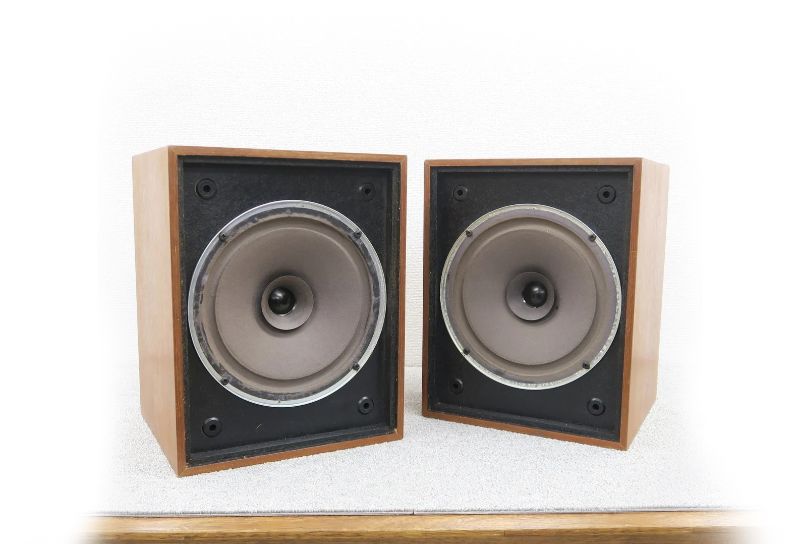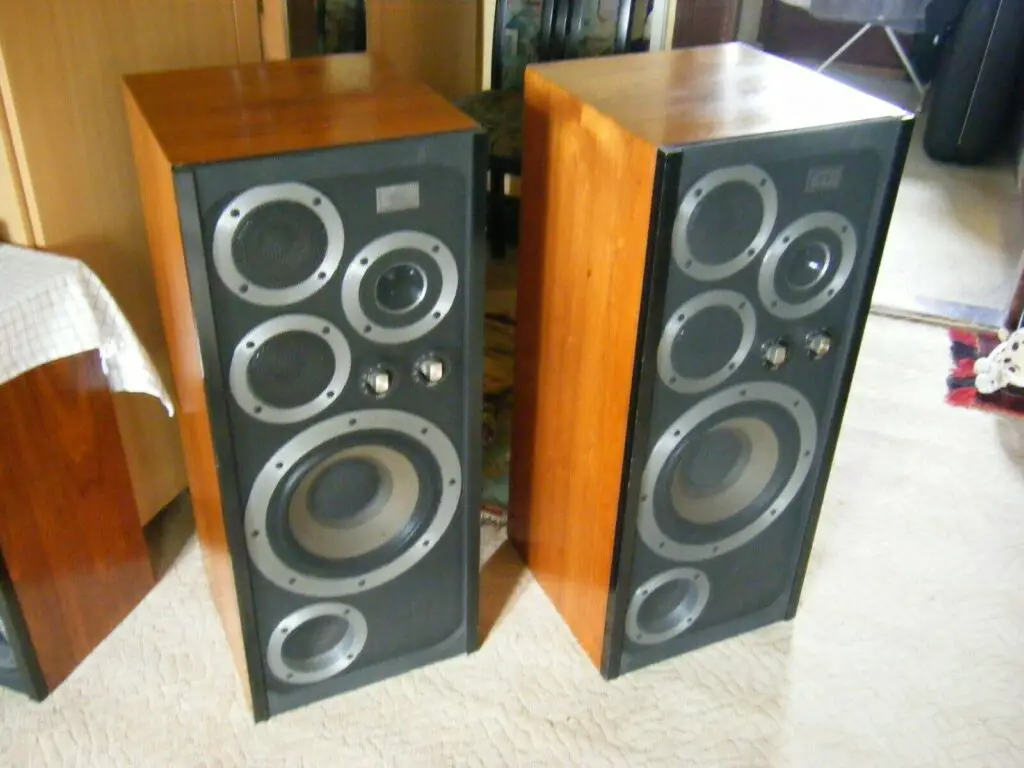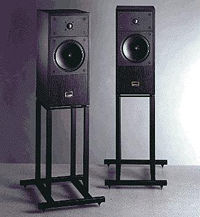ATC is the loudspeaker firm with the most passion and soul in the professional audio market. Billy Woodman founded the company in 1974 to make drive units for broadcast and recording studios. Its first design was a strong twelve-inch woofer, which clearly indicated where his focus lay. By the mid-1980s, the firm was selling to the domestic market as well, and it has since gained a considerable following in the hi-fi sector.
Indeed, as the company has grown, it has made increasingly more overtures to this market, though it’s fair to say that ATC has only truly taken off at the upper end. The 1986 SCM50 and SCM100 passive loudspeakers did a lot to establish ATC’s reputation in audiophile circles, followed by the SCM10 and 20 domestic monitors, and more recently the 12, 35, 7, 11, 19 and 40. The SCM19 was the company’s largest standmounter in the domestic range in 2006, costing £1,500.
The SCM19s, even at launch, had broad front baffles, somber appearance, cherry wood veneering, and extremely old school looking drive units, making them look like something from the 1980s. Still, the technology was cutting-edge; it included the (then) new Super Linear version of the mid/bass unit seen in the old SCM12, the 150mm unit weighing in at a hefty 9kg motor assembly, which contributed significantly to the box’s 16kg weight. This was paired with a new 25mm soft dome tweeter with a Neodymium magnet, which crossed over at 2.8kHz and was designed and manufactured by ATC. The 440x223x315mm cabinets were neatly polished, although in an old-fashioned manner.
The ATC’s endless baffle design was another feature that some considered to be outdated. This, like the broad front baffle, was (and still is) utterly unfashionable, but the crucial word here is ‘fashion.’ Since the 1980s, the vast majority of box loudspeakers have been ported, bass-reflex designs – yet this is more about getting a ‘impressive’ bass out of the cabinet than it is about producing an accurate one. It’s also easier to drive with ported speakers. ATC is unconcerned about either of these issues since it prefers to do the right thing over the easy thing.
The result is a very smooth and even bass delivery, but a sensitivity of 85dB is regarded as a drawback. This is inadequate, and some independent tests have found it to be considerably worse. As a result, high-powered solid-state amplifiers are required; ideally, 200W RMS per channel will be sufficient. However, if you plan to use your old 20W NAD 3020 to power them, reconsider. Don’t get me started about tube amplifiers!
The ATC SCM19s sound unlike practically any other modern loudspeaker. Instead of the typical current sound of tight, pinched, upfront, and ruthlessly acute, they deliver a delightfully full-bodied, rock-solid, and expansive performance. They’re rich and substantial, powerful with a reasonable amount of watts, and don’t compress dynamics as much as many competitors. These are enormous, substantial speakers that assert their presence in the space and aren’t afraid to shift air. They’re connected to a powerful amplifier. They are unaffected by loud noises and improve as the volume control is increased.
The midband has a lot of clarity and depth, as well as a lot of space between the instruments in the mix, but it’s far from tonally neutral. They have a distinct sound that is infused into everything they do, but it is never overpowering. Instead, you’ll find yourself concentrating on the impeccable timing, particularly from the bass, which flashes on and off as quickly as an LED light. Although the bass extension isn’t particularly impressive due to the sealed baffle design, it is always even and free of the lumpiness that plagues practically all ported loudspeakers. They’re terrific rock speakers, then; the first-generation SCM19s thrive on loud, punchy music in the same way that PA speakers do when a powerful amplifier pumps out a lot of power.
The SCM19s were redesigned by ATC in 2013, and they’re now completely different animals; still unique, but with a more mainstream appearance and sound. If you have a medium-sized room, a large-sized power amplifier, and a love for strong rock music, the original 19s are now considerably more inexpensive on the second-hand market. If you have the opportunity, go hear them.







